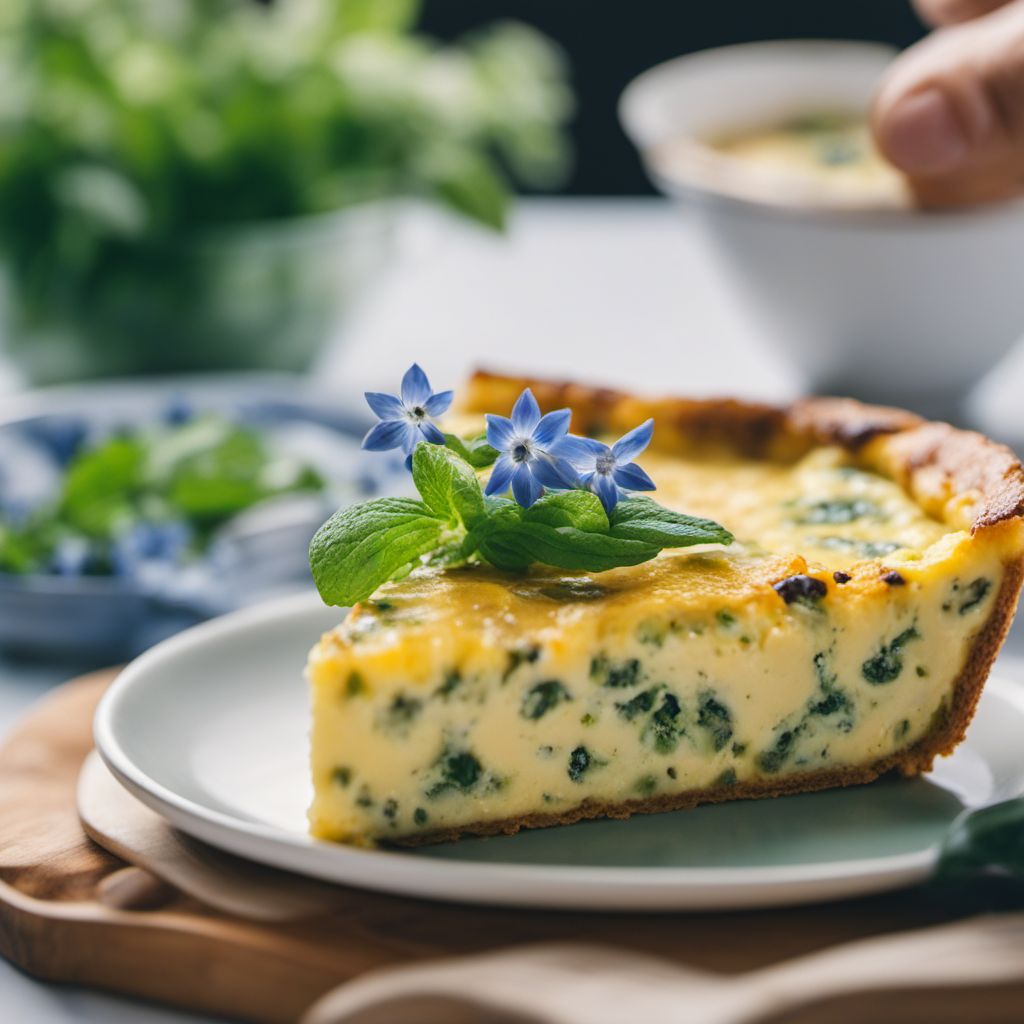
Dish
Frittata di vitalba
Frittata with Borage
Frittata di vitalba is made by sautéing wild asparagus in olive oil until tender. The asparagus is then mixed with beaten eggs and cooked until set. The frittata is then flipped and cooked on the other side until golden brown. It is typically served hot or at room temperature. This dish is high in protein and low in carbohydrates, making it a great option for those following a low-carb or ketogenic diet.
Origins and history
Frittata di vitalba is a traditional dish from the region of Puglia in southern Italy. It is typically made with wild asparagus, which grows abundantly in the region during the spring months. The dish has been enjoyed for centuries by locals and is now popular throughout Italy and beyond.
Dietary considerations
Gluten-free, low-carb, ketogenic
Variations
Frittata di vitalba can be made with a variety of ingredients, including other vegetables such as zucchini or spinach. It can also be made with different types of cheese, such as Parmesan or feta.
Presentation and garnishing
Frittata di vitalba can be garnished with fresh herbs, such as parsley or chives. It can also be topped with a dollop of sour cream or crème fraîche.
Tips & Tricks
To ensure that the frittata is cooked evenly, use a non-stick pan and cook over low heat. Be sure to let the frittata cool for a few minutes before slicing and serving.
Side-dishes
Frittata di vitalba can be served with a simple green salad or roasted vegetables. It can also be served as a side dish with grilled meat or fish.
Drink pairings
Frittata di vitalba pairs well with a crisp white wine, such as Pinot Grigio or Sauvignon Blanc.
Delicious Frittata di vitalba recipes
More dishes from this category... Browse all »

Affunnatielle
Italian cuisine

Ajitsuke tamago
Japanese cuisine

Anglesey Eggs
Welsh cuisine

Balbuljata
Maltese cuisine

Black Pudding Scotch Egg
English cuisine

Búbos rántotta
Hungarian cuisine

Chai poh neng
Chinese cuisine

Chhài-pó͘-nn̄g
Taiwanese cuisine
More cuisines from this region... Browse all »
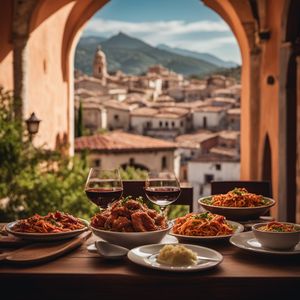
Abruzzese and Molisan cuisine
Savory, Earthy, Rustic, Hearty
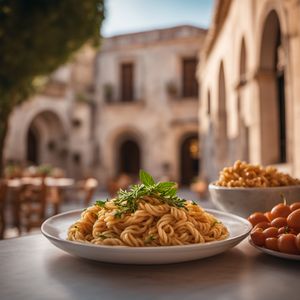
Apulian cuisine
Fresh, Savory, Rustic, Simple
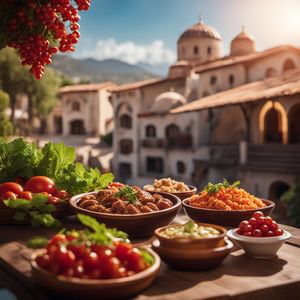
Arbëreshë cuisine
Savory, Tangy, Herbaceous, Spicy

Basilicatan (Lucanian) cuisine
Savory, Earthy, Rustic, Hearty
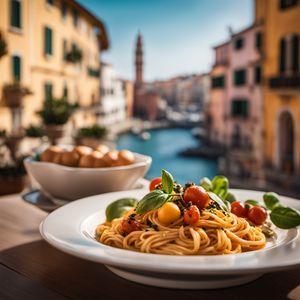
Ligurian cuisine
Light, Delicate, Herbaceous, Salty

Lombard cuisine
Rich, Savory, Meaty, Cheesy

Neapolitan cuisine
Bold, Savory, Spicy, Tangy, Fresh

Roman cuisine
Fresh, Light, Herbaceous, Tangy, Savory

